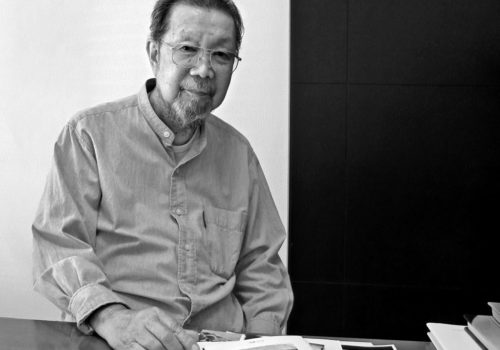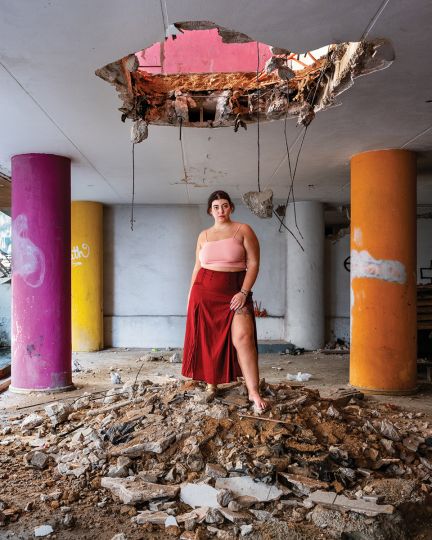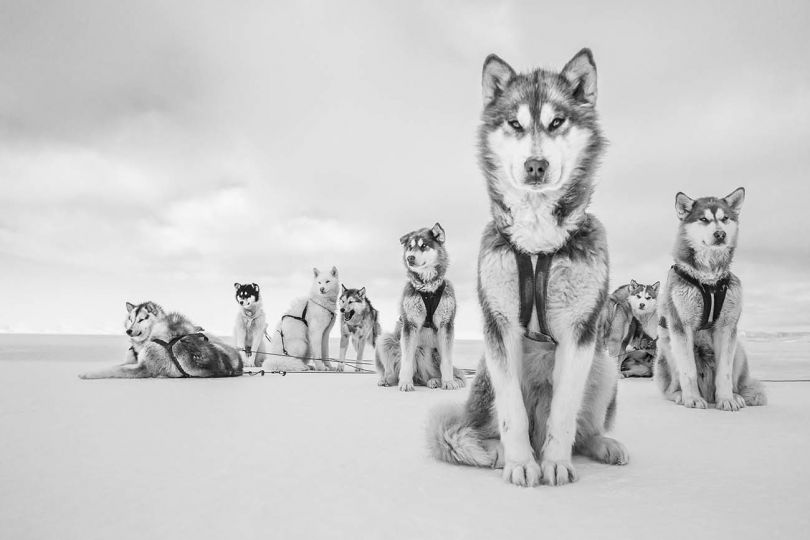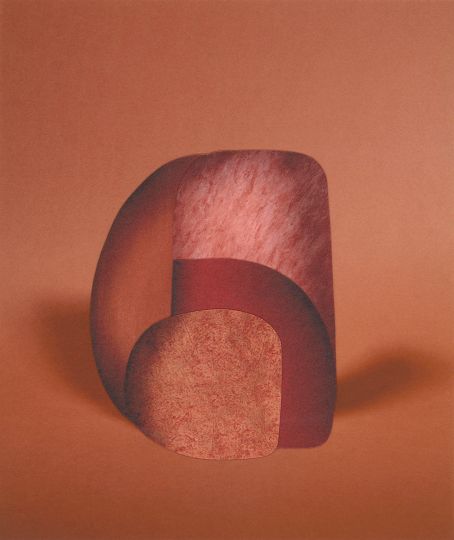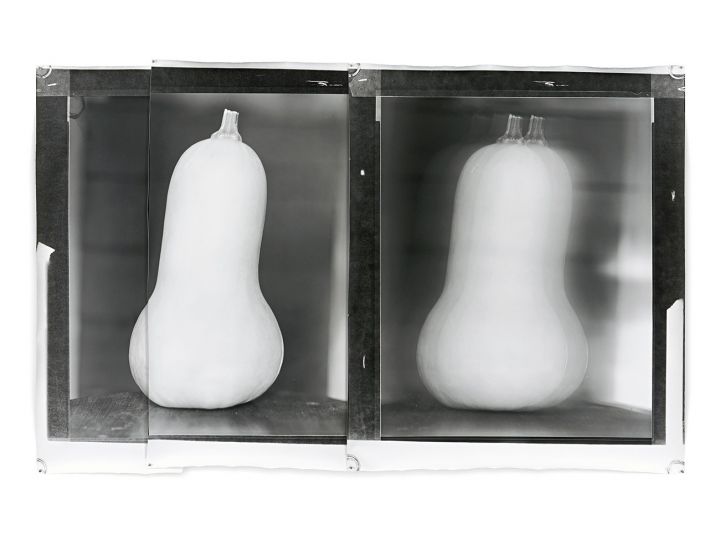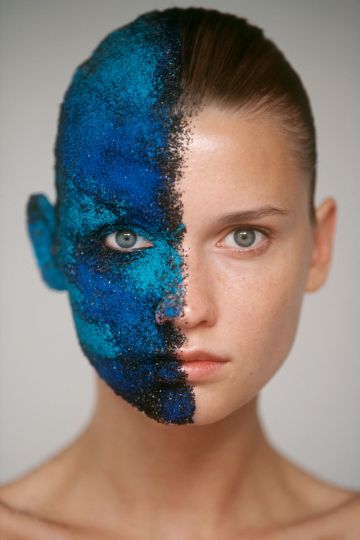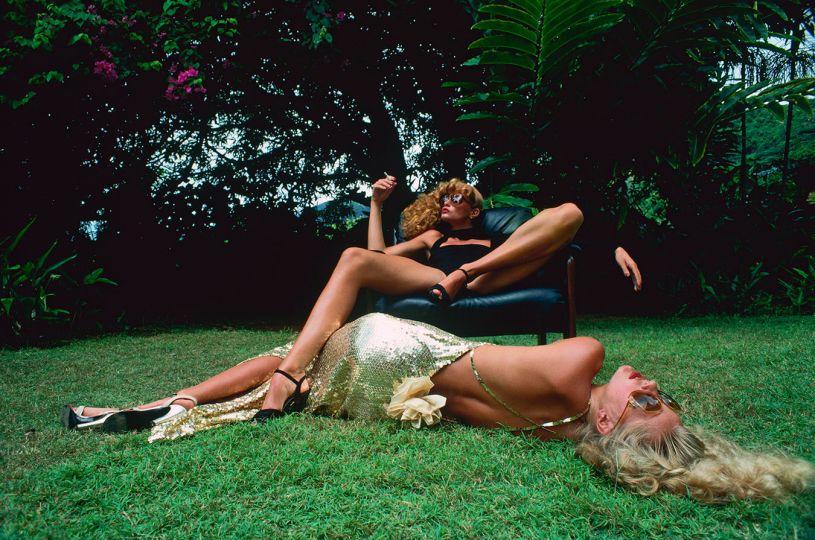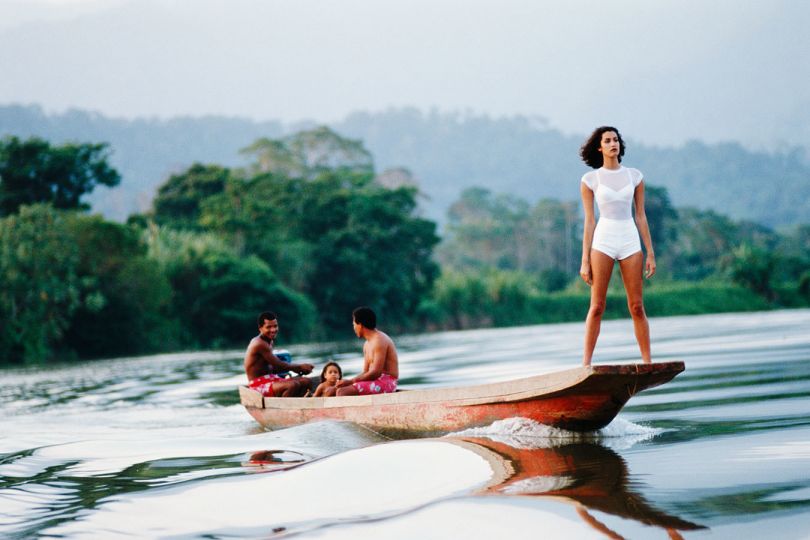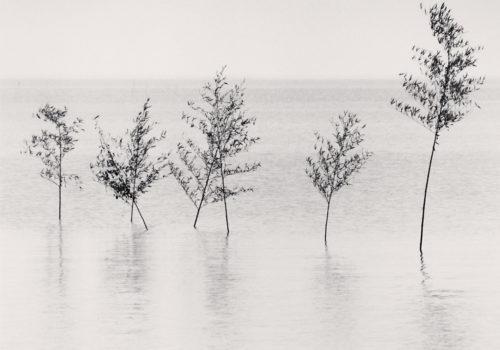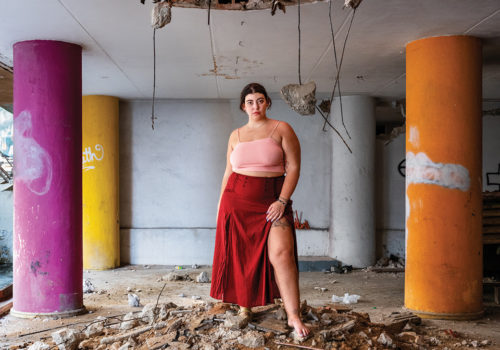Shomei Tomatsu (1930-2012) was the face of postwar photography. His series Nagasaki and Scars can be seen in major museums across the world. He died on December 14 in Japan.
The father of Japanese photography, laden with international awards, the author of seventeen books, and the subject of a 2004 retrospective at the San Francisco Museum of Modern Art, has passed away. Born Teruaki Tomatsu in 1930 in Nagoya, Shomei Tomatsu died on December 14 in Naha, near Okinawa, where he had settled in recent years. A revered figure of pacifism in postwar Japan, the man who photographed Hiroshima and Nagasaki was as discreet in death as he was in life; the news was kept secret until now.
Shomei Tomatsu documented the aftermath of his country’s nuclear tragedy. This master of black-and-white inspired photographers from Daido Moriyama and Yutaka Takanashi to Nobuyoshi Araki. He was a student at the University of Aichi in 1954 when his first photographs appeared in major Japanese magazines. He worked as a photographer for the publishing house Iawanami Shashin Bunko, where he met Nagano Shigeichi. In 1959, with Kiruji Kawada, Akira Sato, Akira Tanno, Ikko Narahara and Eikoh Hosoe, he founded the Japanese photo agency Photo Vivo. The same year, he began photographing the American bases scattered across the Japanese archipelago. He received a commission for a book on the bomb that ended the war, a project he undertook with Domon Ken. In the 1960s, he documented the student protests in Japan along with the new bohemian movement forming in Shinjuku, Tokyo.
“Shomei Tomatsu is a major artist because he created images,” the Cologne gallerist Priska Pasquer told Le Figaro. “He was able to unite the form and the substance to create a certain atmosphere that called the subject into question. Each photograph is its own unforgettable work of art, rather than merely part of a series.”
Le Figaro had the privilege of interviewing Shomei Tomatsu in April 2011, after the tragedy in Fukushima. “On March 11, I was in Okinawa, far from the catastrophe in the North,” he said. “I looked at the images of this disaster on television… One cannot translate a tragedy of such proportions into words… The power of nature is incredible. It reminds mankind of everything it has done to her.”
“This is nothing like Hiroshima or Nagasaki,” he continued. “That was a bomb. In Nagasaki, I had been able to see the victims of the bomb. But this time, the threat of radiation is invisible, slower, less spectacular… What can we do? At first, nuclear power was seen as an advancement for civilization. The problem with scientific discoveries is that they have no limits.”
Valérie Duponchelle, Le Figaro
Read the full text of this article on the French version of Le Journal
Currently at the Galerie Priska Pasquer
Shomei Tomatsu
Until February 26th, 2013
Galerie Priska Pasquer
Albertusstr. 9-11
50667 Cologne
Germany
Tue-Fri 11am-6pm
Sat 11am-4pm
and by appointment

